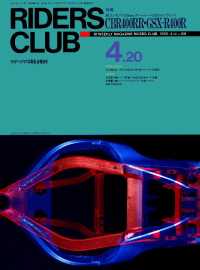- ホーム
- > 洋書
- > 英文書
- > Computer / General
Full Description
These tasks are performed in a 3-D world and it is imperative to gather reliable information on the 3-D structure of the scene. This book is about passive techniques for depth recovery, where the scene is illuminated only by natural light as opposed to active methods where a special lighting device is used for scene illumination.








